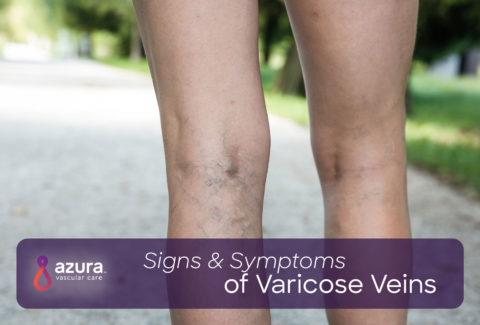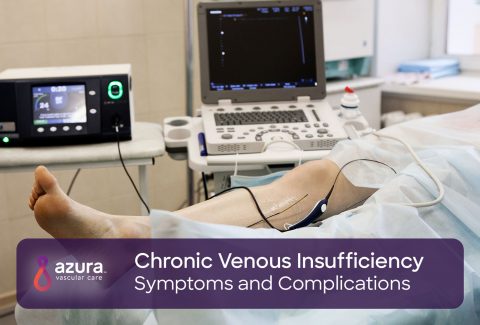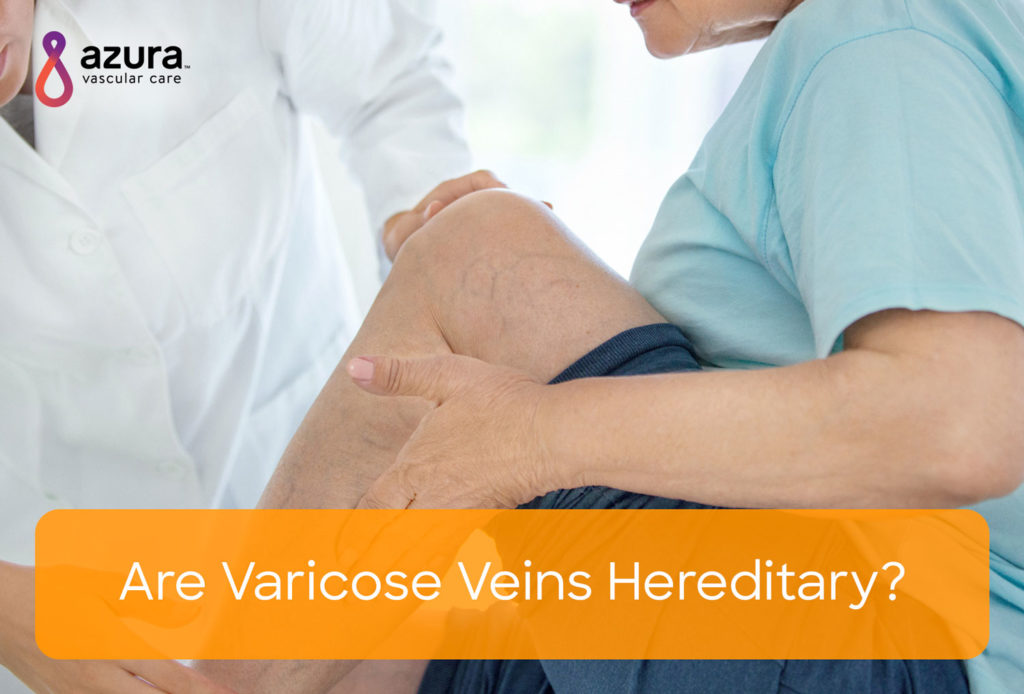
Your grandmother had varicose veins. Your mom has varicose veins…maybe even your uncle and cousins have them.
It makes sense if you’re wondering…Are varicose veins hereditary?
Varicose veins are a common medical problem that affect about 30% of adults.i These twisted, blue veins can be seen and felt under the skin, and are most common in the legs.ii With the history of varicose veins in your family, you’re probably curious to find out more.
First, let’s explore why varicose veins occur. Veins are the blood vessels that carry blood back to the heart. There are valves inside the veins that open and close to propel blood to flow back towards the heart. When these valves fail, or become incompetent, they do not open and close as they should. This dysfunction allows blood intended to flow towards the heart to flow backward and pool, particularly in the lower extremities. This backflow and pooling of blood can result in the formation of varicose veins. Varicose veins stretch the vein walls, resulting in the veins getting bigger and appearing twisted and blue, just under the skin.
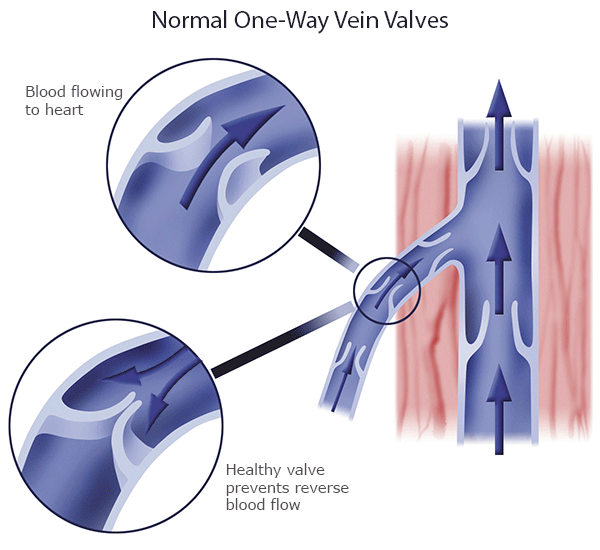
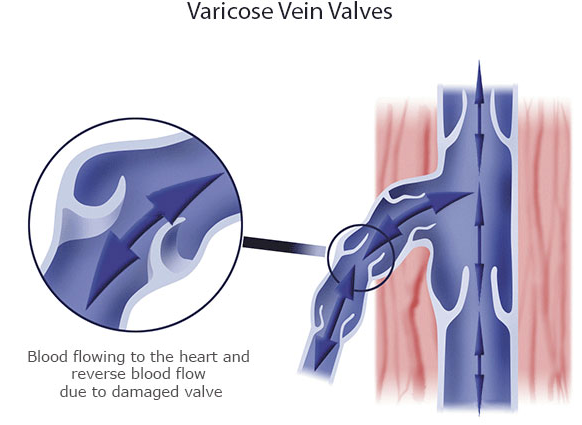
Are Varicose Veins Hereditary?
It is true that the weakness in these one-way valves can actually be inherited. Your genetics, or what you’ve inherited, is just one aspect of your risk for getting varicose veins.
Here are some factors other than heredity that may be at play and could influence whether or not you wind up developing varicose veins:
- Female hormones – Whether it’s being female or taking medications that contain female hormones, such as birth control pills or hormone replacement therapy, your risk is increased. Female hormones are thought to relax the veins, limiting their ability to move the blood along.
- Pregnancy – The growing baby may put added pressure on the veins, but the good news here is that typically, varicose veins that develop during pregnancy often go away about 3 months after the baby is born.
- Having excess weight – Being overweight or obese increases your risk of varicose veins. Increased body weight can strain the veins and limit the flow of blood back to the heart.
- Age – It’s no surprise that as we get older, our veins, along with their valves and walls, get older as well. The longer you are alive, the more likely your veins are to deteriorate and varicose veins can form.
- Certain jobs – People who work in jobs that involve standing or sitting for long periods of time are more likely to develop varicose veins.
- Injury to your leg or legs – If you suffer an injury to your leg, your veins could be permanently damaged, which may result in varicose veins.
- Blood clots – Blood clots are both more likely to happen when you have varicose veins, as well as more likely to lead to the development of varicose veins.i Blood clots decrease blood flow through the vein, and this pressure can stress vein walls and valves.iii
It’s More Than Just a Cosmetic Concern
It’s important for you to remember that varicose veins can be more than just a cosmetic problem. Many people who suffer from varicose veins experience pain, throbbing, swelling, itching, or a feeling of heaviness in their legs caused by their varicose veins.
Preventative Steps and Effective Treatment
Even if varicose veins run in your family, remember there are things you can do to lessen your risk of developing them yourself. Some of these simple lifestyle changes may help decrease or diminish their severity.
- Use your legs – Increased activity through walking and avoiding sitting or standing for too long can improve blood flow in your legs.
- Lose weight – If you are overweight or obese, losing the excess weight will likely decrease the pressure on your veins and may improve how your legs look and feel.
- Put your feet up – Elevating your legs, so they are above the level of your heart, 4 times a day for 30 minutes each time, can give your veins a break and allow gravity to help the blood move along. Purchase and wear compression stockings – You can get these special elastic stockings from the drug store, or your doctor may prescribe you a pair with a specific strength of compression. Put them on in the morning when you first get out of bed and take them off before you go to bed at night. i
Even if you have made preventative efforts, you still may develop varicose veins over time. The good news is that you have more options today than your grandmother did for the treatment of varicose veins.
Request an Appointment with a vascular specialist – There are alternative procedures to surgery for the treatment of varicose veins. To learn more and see if you are a good candidate, speak to an Interventional Radiologist who is board-certified about minimally invasive treatments for your varicose veins and how you can get them looking and feeling better.
Sources:
i Lin, F., Zhang, S., Sun, Y., Ren, S., Liu, P., The Management of Varicose Veins. Int Surg, 2015. 100: p. 185-189. https://www.ncbi.nlm.nih.gov/pmc/articles/PMC4301287/
ii Mayo Clinic. Varicose Veins Symptoms and Causes. http://www.mayoclinic.org/diseases-conditions/varicose-veins/symptoms-causes/dxc-20178128 (updated 1/22/2016, accessed 11/30/2016)
iii National Heart, Lung and Blood Institute. Who Is at Risk for Varicose Veins? https://www.nhlbi.nih.gov/health/health-topics/topics/vv/atrisk (updated 1/29/2016, accessed 11/30/2016)

